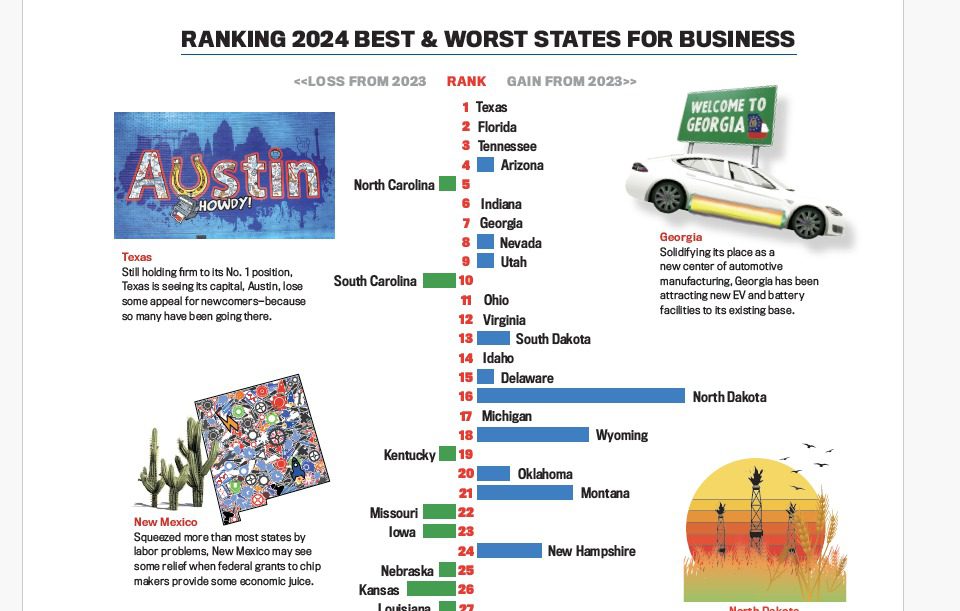You might remember seeing ads like this one, from over a decade ago, touting the oil industry’s commitment to going green and developing nice clean biofuels that would give us plentiful energy that doesn’t have to be pumped out of the ground. It would be literally green fuel, or maybe red or yellow, just like the entire Soylent product line.
If you always suspected that such ads were little more than public relations, or outright greenwashing by the fossil fuels industry, give yourself a very cynical pat on the back, you. As the Guardian reports, nearly all the big oil companies made forays into funding research on turning algae into low-carbon fuel for vehicles and aircraft, but they’ve all dropped out of the game. The last to close out its algae fuels research was ExxonMobil, which ended its involvement in December 2022, although, as Guardian reporter Amy Westervelt notes, the story was only broken last month by Bloomberg (that’n’s paywalled).
Does that mean that algae-based biofuels were a crock all along? The Guardian spoke to several researchers who used to partner with Exxon, and they still think it’s a promising alternative fuel, but that there’s still a long way to go before it’s commercially viable. Several even believed that Exxon “was serious about the potential of algae biofuels — explaining why it stayed in the field long past the point at which other oil companies dropped out — but not serious enough.”
To really turn algae into a viable fuel would probably take billions of dollars in research funding, several researchers said. But ExxonMobil spokesperson Casey Norton told Westervelt that over the 12 years Exxon was funding the research, it had invested $350 million. And in what we suppose was meant as a show of how serious the company was about algae, Norton added that the research budget was more than twice as much as Exxon spent on promoting the research in advertising.
To be sure, $350 million is more than we’ll ever find under our couch cushions to fund energy research. Even over a dozen years. But we have a feeling Exxon might have managed to get more money into algae biofuels if it were really serious about it, what with its record $56 billion in profits in 2022 alone.
As Westervelt explains, the attractive thing about algae as a potential biofuel is that the stuff can be grown in ponds, so you aren’t using up land that could be used for food crops. Also too,
And some strains produce large amounts of lipids – fatty acids that can produce an oil, which can be turned into fuel relatively easily. But competing with abundantly available and heavily subsidized fossil fuels, particularly gas, was not so easy.
One of the biggest challenges was that wild strains of algae couldn’t deliver the high levels of lipids needed to produce large quantities of fuel, said Todd Peterson, the former CTO of Viridos, Exxon’s longstanding and now former algae research partner.
Viridos was working on genetically modifying algae to increase the lipids, and was making progress toward making it fatty enough to work as a fuel, but after Exxon dropped its funding, Viridos had to cut back its staffing by 60 percent. Peterson said it was disappointing, but basically, that’s business, and “You never know what the shifting priorities are within a company.”
Happily for Viridos, the Guardian notes that the company last week announced a “$25 million round of funding led by Bill Gates’s Breakthrough Energy, with Chevron and United Airlines contributing as well.”
As for Exxon, it ultimately ended up only funding “just over half of the $600m it once promised back in 2009, according to Norton.” And then there’s this fun detail:
Multiple former Viridos employees who requested anonymity because they had signed non-disclosure agreements said the Exxon research funding never seemed like much, but the company would send big crews out to the algae ponds to get video for its ads. “I would see them running and think I wish they had given us more research funding versus spending so much on advertising,” one former employee said.
But wait! This is where, at the risk of sounding like we’re giving Exxon any credit, we jump in and add “that said…” because Westervelt also notes that most algae researchers agree that commercially viable algae-based biofuels are a decade off at least, if not two.
More intense investment might have sped that timeline up, but changes in the likely energy market have probably made such fuels less attractive as a business proposition.
The algae boom emerged at a time in the early 2000s when it seemed like the world still needed to run on some sort of liquid fuel, said Matthew Posewitz, of the Colorado School of Mines and National Renewable Energy Laboratory. Posewitz’s algae lab was funded by Exxon for eight years. “Now there’s another transition – a lot of ground transportation will become electrified and you might not need liquid fuels there, which means a smaller market, basically just jets and boats.”
That makes sense, too, although we can also keep dragging Exxon and the rest of the fossil fuels industry for doing all it could for decades to sow doubt about climate change and the need to decarbonize. Hell, the fossil fuels lobby is still at it, throwing tons of cash into shady disinformation campaigns against offshore wind energy, but that’s probably another post for another day.
In any case, good luck to the algae people with the new funding, because even if we won’t be driving around with green goo in our gas tanks, we’ll still need stuff for the planes and the ships, that is all.
Yr Wonkette is funded entirely by reader donations. If you can, please give $5 or $10 monthly so we can continue our vital research on converting bourbon into news and fart jokes.

























































![LinkedIn Shares Tips to Help B2B Marketers Maximize Their Efforts [Infographic]](https://www.socialmediatoday.com/imgproxy/JnZfjQL32SErag0AuX_s4CdCMC0Spnj3aGoEq5eq0OA/g:ce/rs:fill:770:435:0/bG9jYWw6Ly8vZGl2ZWltYWdlL2IyYl9tYXJrZXRpbmdfbGVhZGVyc19pbmZvMS5wbmc.webp)

















